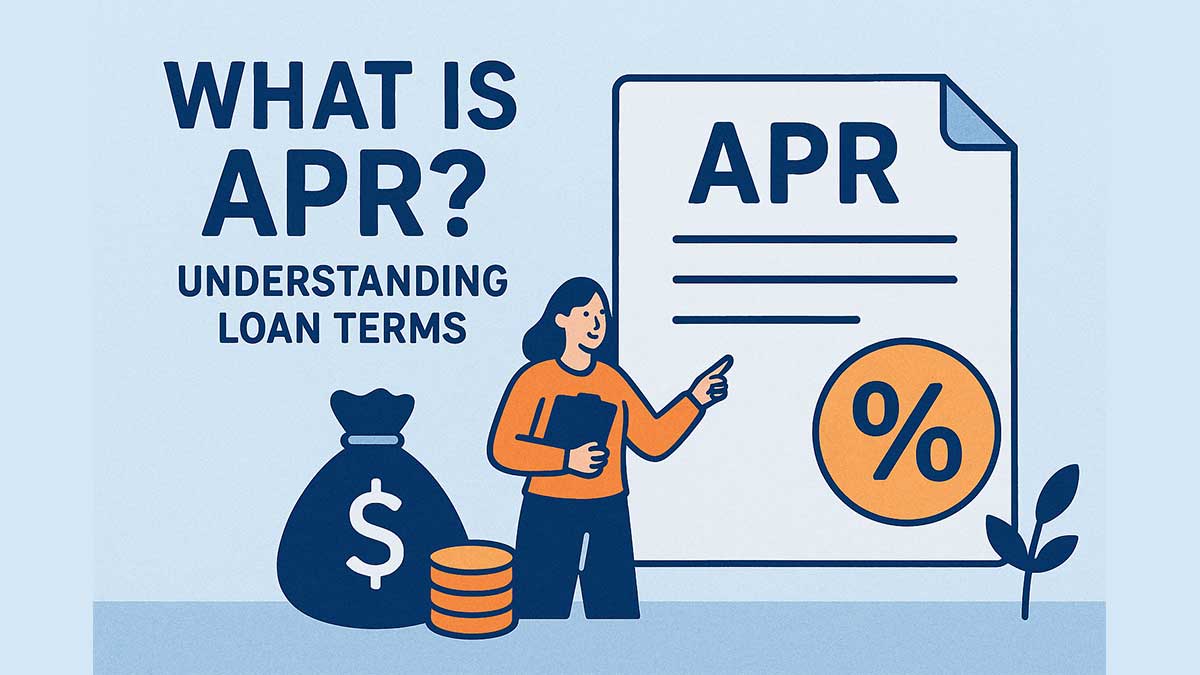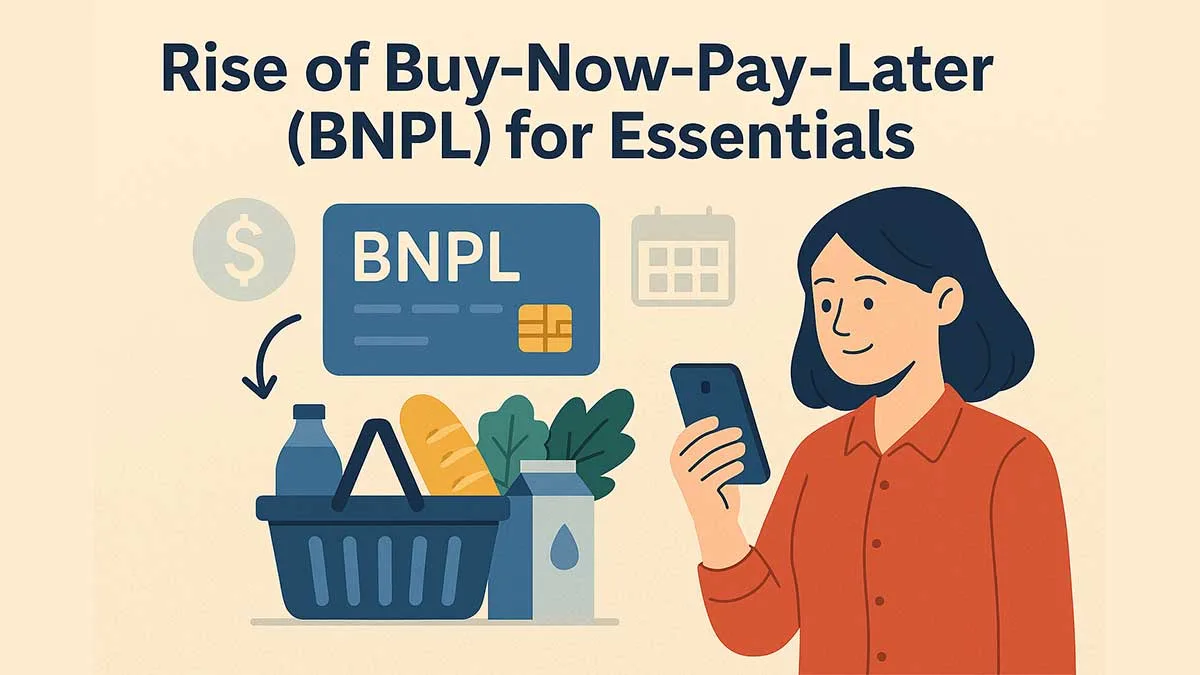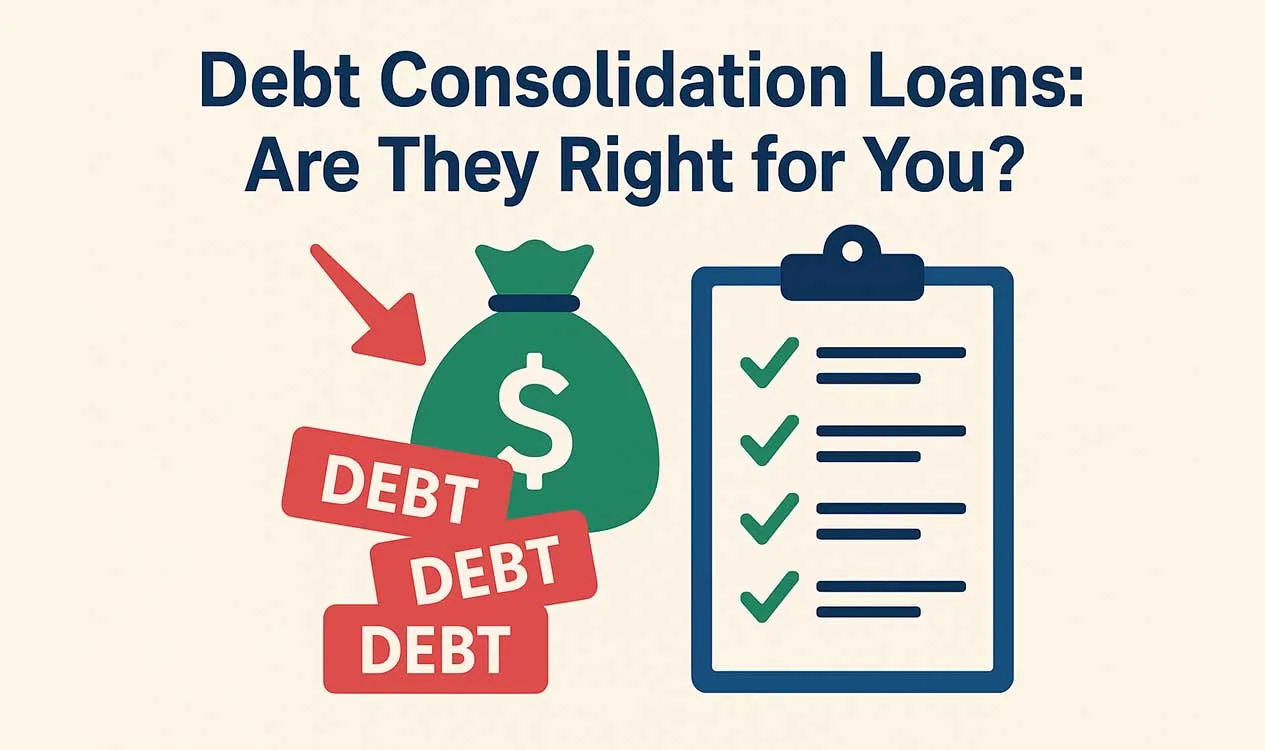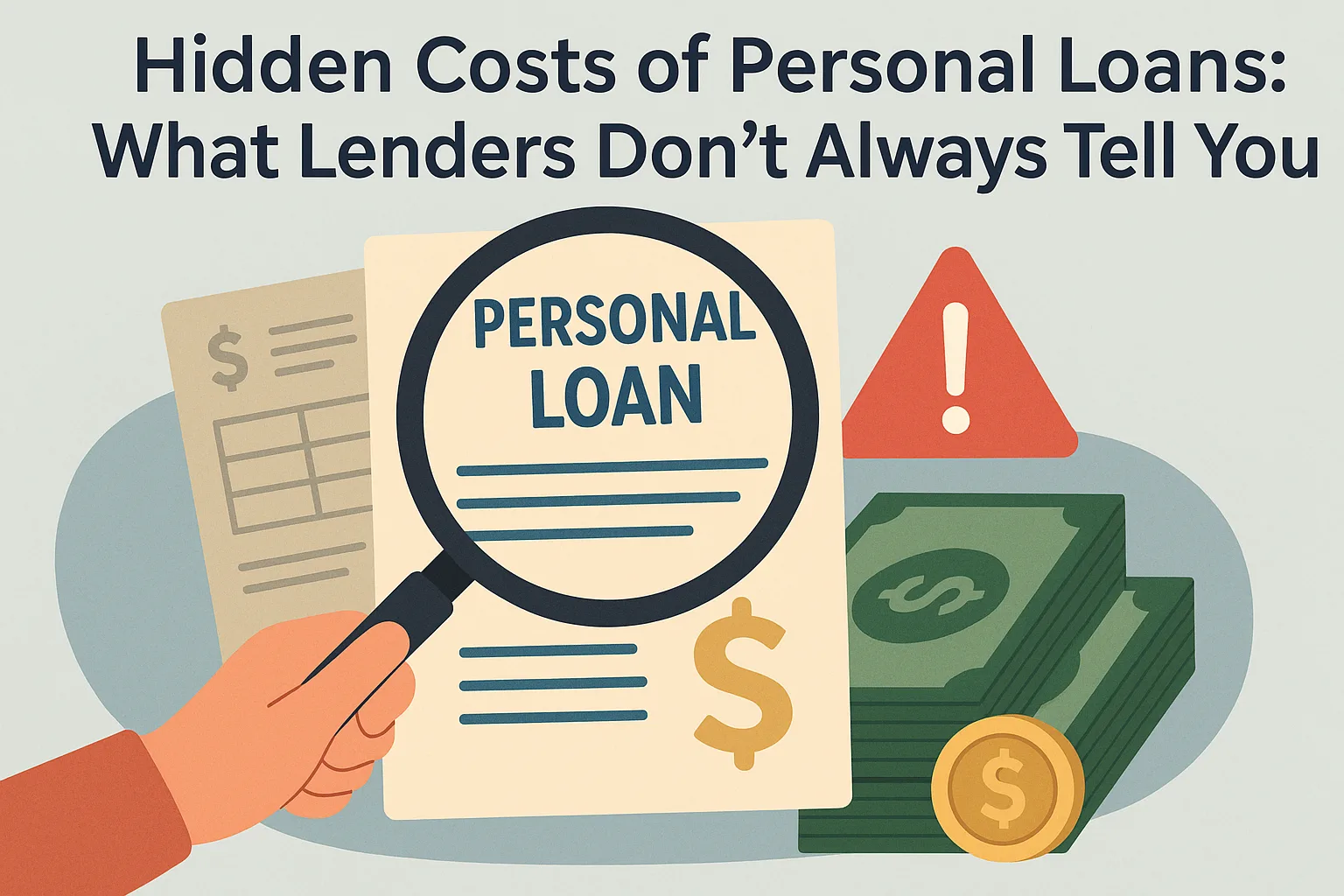When searching for a personal loan, you often see the term APR — but what exactly does it mean? While the concept may seem confusing at first, it’s actually straightforward once you break it down. In this post, we’ll explain the loan APR meaning, why it matters, and how it affects your borrowing decisions.

🔍 Glossary Term: APR (Annual Percentage Rate)
APR (Annual Percentage Rate) refers to the total cost of borrowing money expressed as a yearly percentage. It includes both the interest rate and any additional fees or charges from the lender.
In simpler terms, the APR shows the real cost of your loan over time.
For example:
If you take a personal loan of $5,000 at an APR of 10%, you will be paying a total of $500 in a year (assuming no compounding). However, if fees are added, your APR might be higher even if the base interest rate stays the same.
💡 Why APR is Important
First and foremost, APR helps you compare loan offers from different lenders. Even if two loans have the same interest rate, their APRs could differ due to hidden fees or extra charges. Therefore, choosing the lower APR usually means you’re getting a better deal.
Additionally, understanding APR helps you:
- Budget your monthly payments
- Avoid unexpected costs
- Make smarter financial decisions
- Choose trusted loans instead of misleading ones
🧠 Common Loan Terms You Should Know
To make informed decisions, you also need to understand the following:
| Term | Meaning |
|---|---|
| Interest Rate | The base cost of borrowing before any fees |
| Loan Term | The length of time you’ll repay the loan |
| Principal | The original amount you borrow |
| APR | Total yearly cost of the loan including fees |
| Fixed APR | The rate remains constant throughout the loan |
| Variable APR | The rate can change depending on the market |
📝 How to Calculate APR
Although most lenders calculate this for you, it’s good to know that APR = (Total Interest + Fees) ÷ Loan Amount ÷ Loan Term × 100.
For more clarity, you can try using NerdWallet’s Loan APR Calculator to get estimates.
⚠️ Things to Watch Out For
Some lenders advertise low interest rates but include high processing fees. Consequently, the APR shoots up — costing you more. Always read the fine print.
Furthermore, if you’re offered a personal loan for business or private loan, confirm whether the APR is fixed or variable.
✅ When APR Works in Your Favor
You benefit from a good APR when:
- You have excellent credit
- You borrow for shorter loan terms
- You compare lenders and choose trusted personal loans
- You avoid extra services you don’t need
Still unsure which loan is right for you? Check out our detailed post on 7 Mistakes to Avoid When Taking a Loan.
📌 Final Thoughts
To sum up, knowing the loan APR meaning is essential for understanding the real cost of your personal loan. It helps you compare options, avoid hidden fees, and choose smart financial solutions.
Whether you need a loan today, a small loan now, or a loan for personal reasons, always check the APR first. It’s not just a number—it’s your guide to smarter borrowing.
📥 Downloadable Resource
👉 Download Our Loan Glossary Checklist (PDF) to keep track of all important loan terms before applying!






Leave a Reply